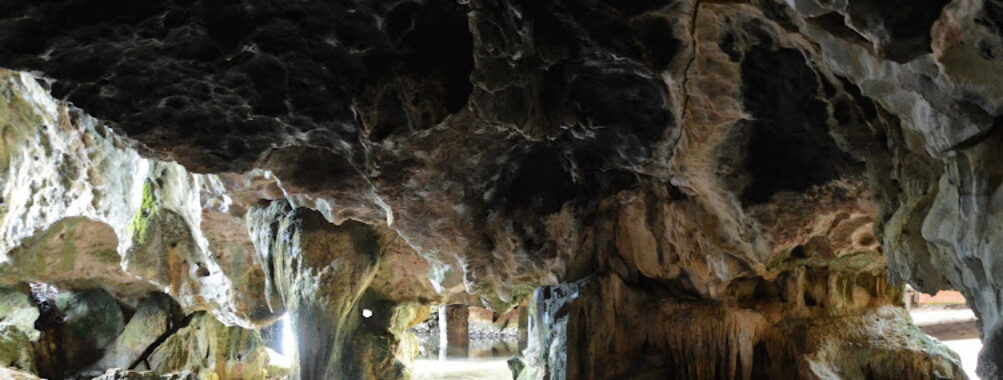
Los Haitises National Park
Table of Contents
Description
Los Haitises National Park is the kind of place that makes you stop mid-sentence and just… stare. It’s wild in the truest sense, with thick mangroves, limestone karst formations that look like something out of a fantasy novel, and caves that whisper stories from thousands of years ago. It’s not a park where you’ll find perfectly paved walking paths or neatly labeled signs at every turn—this is nature doing its own thing, and you’re just lucky enough to be invited in for a look. Some folks might find the ruggedness a bit challenging, but honestly, that’s part of the charm. You come here to feel small in the best possible way, to breathe in air that smells like saltwater and earth, and to hear nothing but the wind in the trees and the splash of a pelican diving for lunch.
I remember the first time I went—my shoes were way too white for the occasion, and within minutes, they were stained with mud and seawater. But I didn’t care. I was too busy craning my neck to watch frigatebirds circling overhead and trying to spot manatees in the water. If you’re the kind of traveler who likes your nature with a side of unpredictability, this place will get under your skin in the best way.
Key Features
- Over 1,600 square kilometers of protected land and marine ecosystems
- Dramatic limestone karst hills rising from the water
- Dense mangrove forests teeming with birdlife
- Ancient caves with well-preserved Taino petroglyphs
- Opportunities for boat tours through hidden waterways
- Rich biodiversity, including rare birds like the Ridgway’s Hawk
- Secluded beaches accessible only by water
- Calm bays perfect for kayaking or paddleboarding
Best Time to Visit
If you ask me, the sweet spot for visiting Los Haitises is between December and April. That’s when the weather plays nice—less rain, cooler breezes, and skies so clear you’ll want to take a hundred photos (and probably will). Summer can be beautiful too, but it’s also wetter, and the humidity can feel like you’re walking through soup. Not that it’s all bad—rain brings out the lush greens in the forest and makes the waterfalls more dramatic. But if you’re planning boat trips, dry season is your friend. Also, mornings are magic here. The light hits the limestone in a way that makes it glow, and the water is often calm enough to mirror the sky.
How to Get There
Getting to Los Haitises isn’t as straightforward as hopping on a bus and stepping off at the park gate. Most visitors come via boat tours from towns like Samaná or Sabana de la Mar. The boat ride itself is half the fun—you’ll skim across turquoise water, weave through mangroves, and maybe even spot dolphins if luck’s on your side. If you’re driving, you can reach Sabana de la Mar by car, but roads can be bumpy in spots, so give yourself extra time. From there, you’ll need to arrange a boat with a local guide. And trust me, having a guide makes all the difference—they know the hidden caves, the best birdwatching spots, and the stories that bring the place to life.
Tips for Visiting
First off, wear shoes you don’t mind getting wet or muddy. This is not the place for your brand-new white sneakers (learn from my mistake). Bring insect repellent—mosquitoes here are not shy. A lightweight rain jacket can be a lifesaver, even in the dry season, because the weather can turn on a dime. If you’re into photography, a waterproof case or dry bag for your gear is a must; you’ll be on the water a lot. And don’t rush it—this park rewards the curious. Take your time in the caves, listen to the guides, and look up often. Some of the most memorable sights are above your head.
One last thing: respect the place. It’s a protected area for a reason, and every mangrove root, every petroglyph, every nesting bird is part of a delicate balance. Leave nothing behind but footprints… and maybe a little bit of your heart.
Location
Places to Stay Near Los Haitises National Park
Find and Book a Tour
Explore More Travel Guides
No reviews found! Be the first to review!